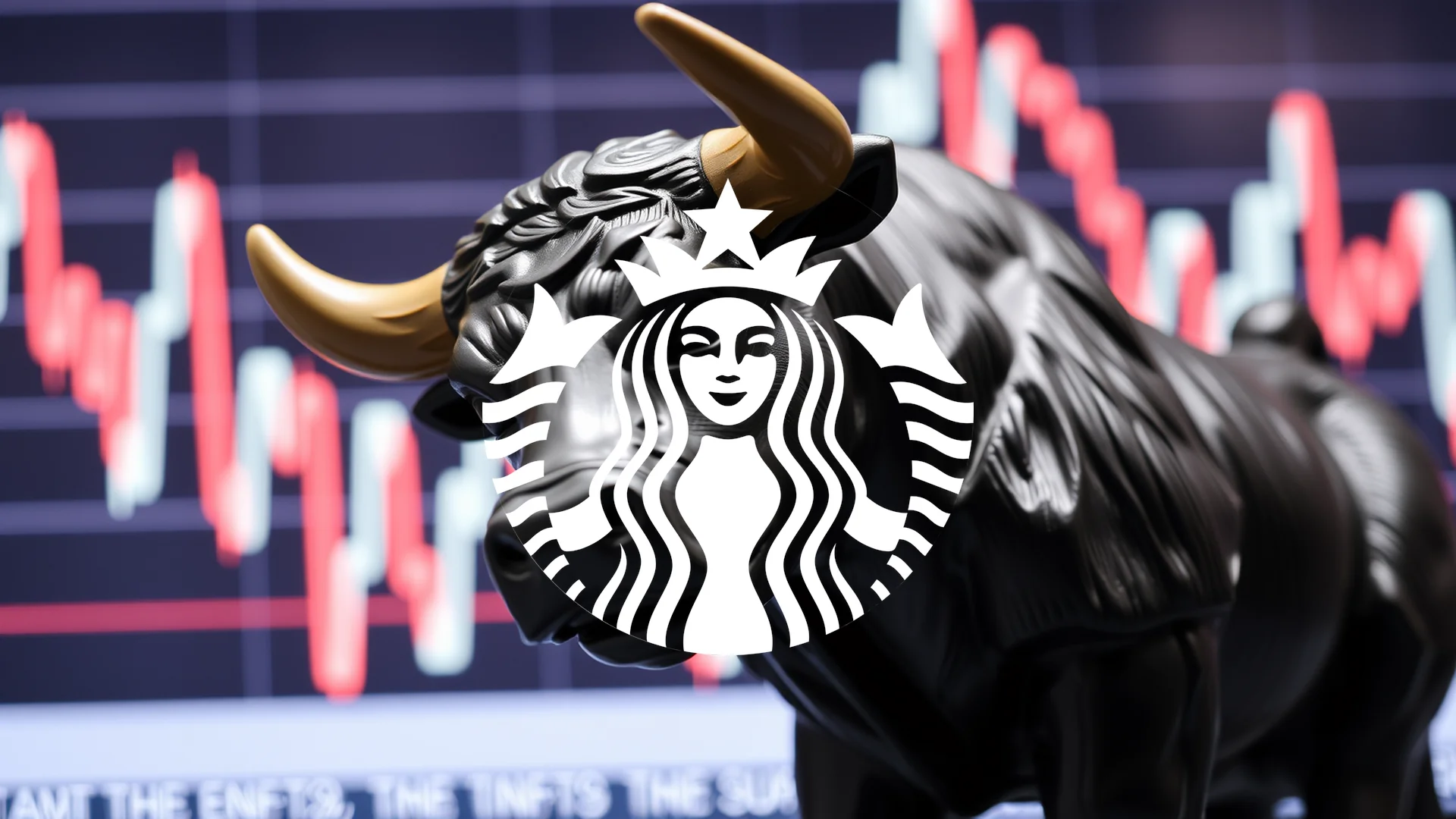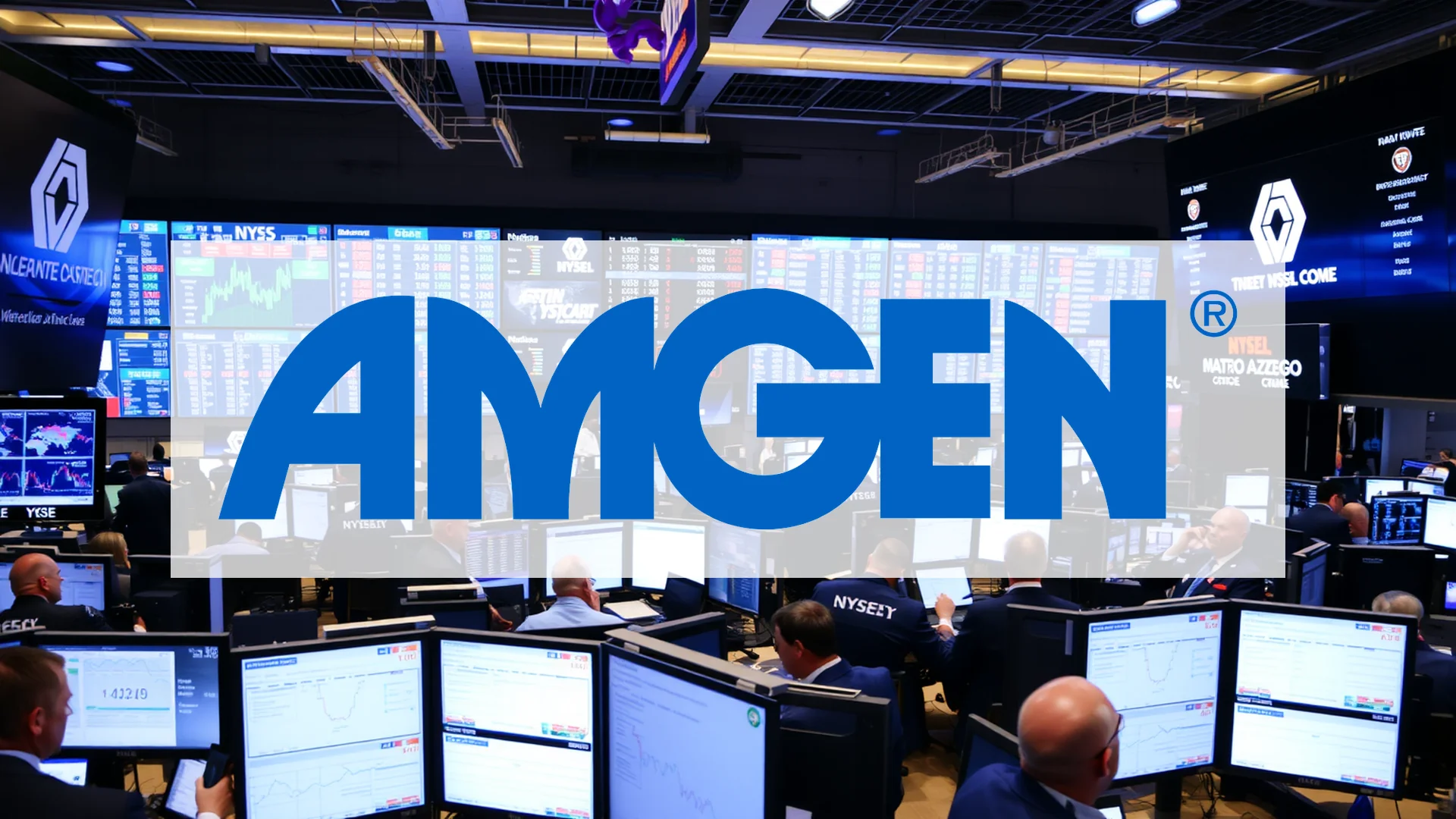Starbucks finds itself navigating turbulent waters as the coffee giant contends with significant operational challenges in its home market while simultaneously executing a major strategic repositioning in China. This dual-front scenario emerges as shareholders monitor whether these developments can reverse the company’s recent stock performance trends.
Strategic Shift in Asian Markets
In a move signaling renewed commitment to its second-largest market, Starbucks has announced a landmark $4 billion agreement for its China operations. The company will sell a 60 percent stake in its Chinese business to private equity firm Boyu Capital, while retaining 40 percent ownership and full control of brand rights. This partnership aims to dramatically accelerate expansion across China, with plans to grow from the current 8,000 locations to more than 20,000 stores in the coming years.
The market response to this strategic maneuver appeared cautiously positive, with Starbucks shares gaining ground in after-hours trading following the announcement. This investor optimism comes despite the company’s recent earnings miss last quarter and a challenging twelve-month period that has seen shareholder value decline by over 20 percent.
Domestic Operations Under Pressure
Meanwhile, Starbucks’ U.S. operations face significant disruption as labor actions coincide with one of the busiest sales days of the year. Workers organized with Starbucks Workers United staged walkouts at approximately 550 American locations during the annual “Red Cup Day” promotion. Union representatives strategically timed these actions to maximize visibility for their demands, which include improved compensation packages and more predictable scheduling.
Should investors sell immediately? Or is it worth buying Starbucks?
The coordinated labor action threatens to impact fourth-quarter results during the critical holiday season, traditionally a period of strong sales performance. Company management has defended its current compensation offerings as “highly competitive” while navigating these operational challenges.
Financial Health Indicators
Despite recent headwinds, Starbucks continues to demonstrate financial resilience through its dividend policy. The company recently increased its quarterly dividend payment to $0.62 per share, reinforcing its commitment to shareholder returns even amid operational complexities.
Market observers now question whether the Chinese strategic partnership can generate sufficient growth momentum to offset domestic challenges. The coming quarterly reports will reveal whether Starbucks’ Asian expansion strategy can effectively counterbalance operational pressures in the United States, potentially marking a turning point for the coffee chain’s financial trajectory.
Ad
Starbucks Stock: Buy or Sell?! New Starbucks Analysis from November 13 delivers the answer:
The latest Starbucks figures speak for themselves: Urgent action needed for Starbucks investors. Is it worth buying or should you sell? Find out what to do now in the current free analysis from November 13.
Starbucks: Buy or sell? Read more here...










